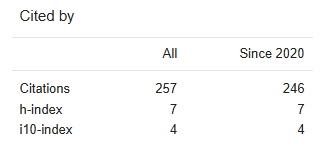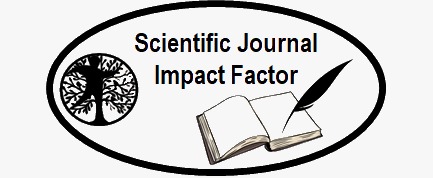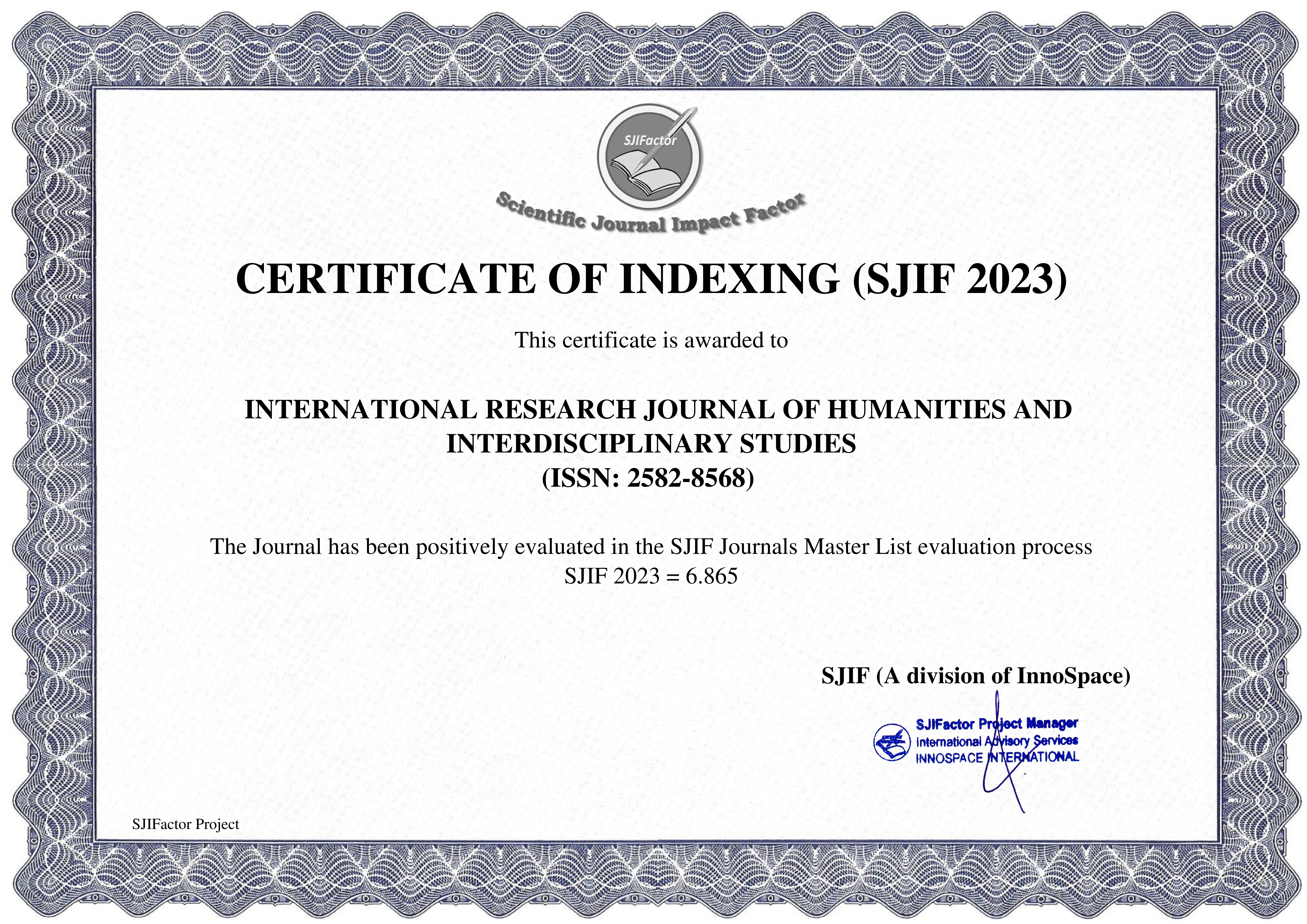Paper Details


Call For Papers
Volume 06, Issue 12
Frequency: 12 Issue per year
Paper Submission: Throughout the Month
Acceptance Notification: Within 2 days
Areas Covered: Multidisciplinary
Accepted Language: Multiple Languages
Journal Type: Online (e-Journal)
Announcement

Publish books with ISBN Number
- Edited Book
- Text Book
- Ph.D Thesis
- Conference Proceedings
ISSN Number:
2582-8568
Journal DOI No:
03.2021-11278686
Title:
CHARACTERIZATION AND MICROBIAL TREATMENT OF TANNARY WASTEWATER
Authors:
Cite this Article:
,
CHARACTERIZATION AND MICROBIAL TREATMENT OF TANNARY WASTEWATER, International Research Journal of Humanities and Interdisciplinary Studies (www.irjhis.com), ISSN : 2582-8568, Volume: 2, Issue: 5, Year: May 2021, Page No : 90-98,
Available at : http://irjhis.com/paper/IRJHIS2105012.pdf
Abstract:
Present study deals with characterization and treatment of tannary wastewater samples collected from 4 different stages of tannary processing unit from Ashta, Dist. Sangli of Maharashtra State. The characterization of selected wastewater was studied in each stage as well as in mixed effluent form for determination of various parameters like PH , Total acidity, Total alkalinity, Total solids(TS), Total dissolved solids(TDS), Total volatile solids(TVS), Total suspended solids(TSS),Biological oxygen demand (BOD),Chemical oxygen demand (COD), Total Kjeldahl’s nitrogen and Total organic carbon. Out of all effluent samples collected, effluent 01(E1) was highly alkaline with total alkalinity 3200 mg/lit, COD 8600mg/lit, total solids 21800mg/lit while remaining all 03 effluent samples (E2, E3 and E4) were acidic in nature with variations in all parameters. As compared to other, Effluent 3(E3) and mixed effluent(E5) shows more or less similar parameters. However,E3 shows COD 24400 mg/lit, BOD 3640 mg/lit, total solids 19260 mg/lit while mixed effluent (E5)shows COD 21200 mg/lit, BOD 3780 mg/lit and total solids 20560 mg/lit respectively. Along with other parameters, values of COD and total solids present in wastewater is relatively higher. So, environmental point of view it is essential to treat it properly to reduce pollution load. Hence, present study was carried out for treatment of mixed tannary wastewater using potent identified organism isolated from feather dumping site and named as Stenotrophomonas maltophilia YArck with accession no. KY941138 deposited in Gen Bank. The study reveals that, use of such organism along with physical, chemical treatment i.e. using aeration and treatment of optimized dose of alum coagulant is helpful and more effective indicated by maximum reduction in the respective tannary wastewater parameters significantly. After treatment, study reveals major reduction as 51.88% in COD,46.03% in BOD and 55.44% in TS than initial parameters along with reduction in other parameters successfully.
Keywords:
Tannary wastewater, Physicochemical Parameters, Stenotrophomonas maltophilia YArck, Pollution, Microbial Treatment.
Publication Details:
Published Paper ID: IRJHIS2105012
Registration ID: 20168
Published In: Volume: 2, Issue: 5, Year: May 2021
Page No: 90-98
ISSN Number: 2582-8568
Download Full Paper: Click Here
Article Preview:





